The European physics laboratory CERN is planning to build a mega collider by 2070. Critics say the plan could lead to ruin
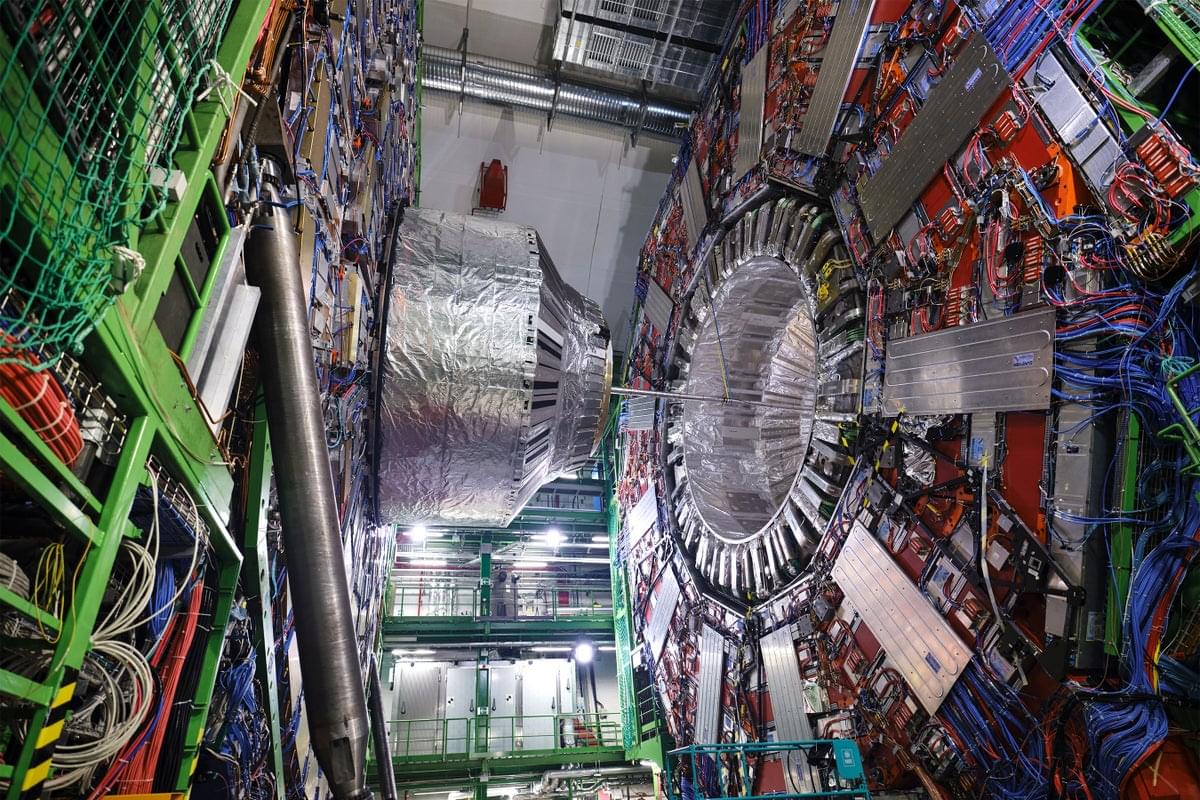

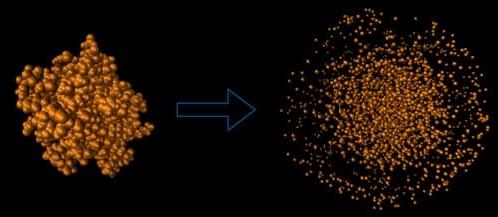

Studies that explore how the denser sections of atoms, known as atomic nuclei, interact with neutrons (i.e., particles with no electric charge) can have valuable implications both for the understanding of these atoms’ underlying physics and for the development of nuclear energy solutions. A process that is central to these interactions is neutron capture, which entails the absorption of a neutron by a nucleus, followed by the emission of gamma-rays.
Researchers at Los Alamos National Laboratory recently carried out a study aimed at better understanding the origin of the exceptional neutron capture capabilities of the radioactive isotope zirconium-88 (88 Zr), using a new experimental methodology. Their findings, published in Physical Review Letters, offer valuable insight that could help to improve existing nuclear and astrophysical models.
“The probability (per unit area) of a nucleus capturing a neutron at a given kinetic energy is called neutron-capture cross section,” Thanos Stamatopoulos, first author of the paper, told Phys.org. “The probability across several kinetic energies from 0.5 eV up to infinity is called resonance integral. Typically, in nature, when the cross section for neutrons with a kinetic energy of 25 meV (thermal cross section) is very large, the resonance integral is small.”

Photovoltaic (PV) solutions, which are designed to convert sunlight into electrical energy, are becoming increasingly widespread worldwide. Over the past decades, engineers specialized in energy solutions have been trying to identify new solar cell designs and PV materials that could achieve even better power conversion efficiencies, while also retaining their stability and reliably operating for long periods of time.
The many emerging PV solutions that have proven to be particularly promising include tandem solar cells based on both perovskites (a class of materials with a characteristic crystal structure) and organic materials. Perovskite/organic tandem solar cells could be more affordable than existing silicon-based solar cells, while also yielding higher power conversion efficiencies.
These solar cells are manufactured using wide-bandgap perovskites, which have an electronic bandgap greater than 1.6 electronvolts (eV) and can thus absorb higher-energy photons. Despite their enhanced ability to absorb high-energy light particles, these materials have significant limitations, which typically adversely impact the stability of solar cells.
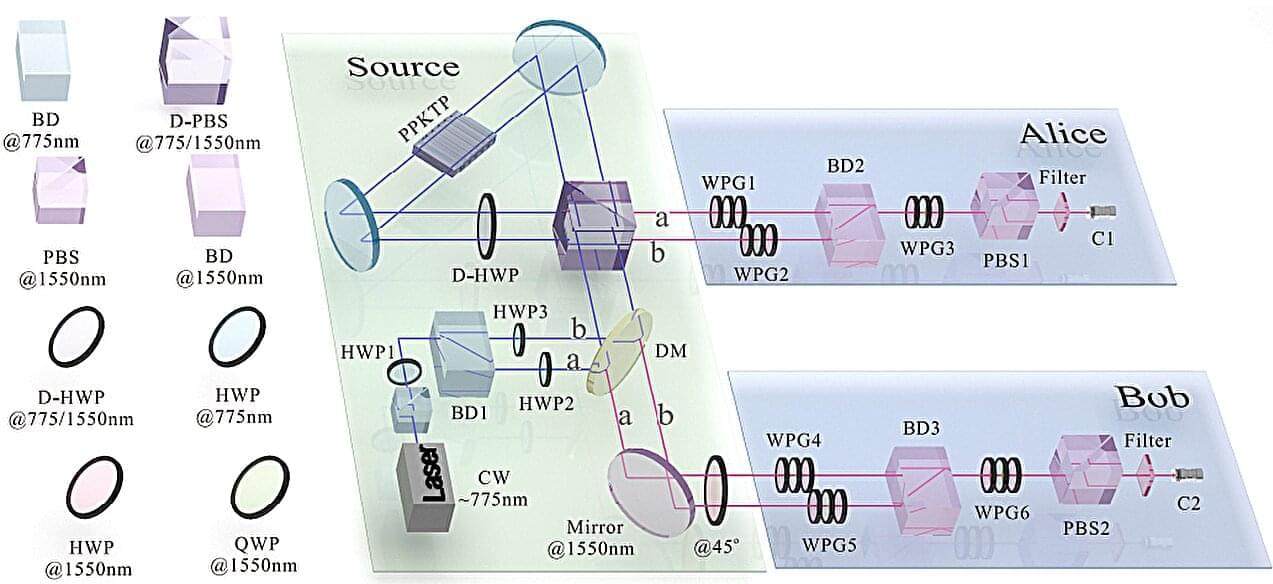
Researchers from the University of Science and Technology of China (USTC) of the Chinese Academy of Sciences revealed that not all forms of quantum nonlocality guarantee intrinsic randomness. They demonstrated that violating two-input Bell inequalities is both necessary and sufficient for certifying randomness, but this equivalence breaks down in scenarios involving multiple inputs. The study is published in Physical Review Letters.
Quantum mechanics is inherently probabilistic, and this intrinsic randomness has been leveraged for applications like random number generation. However, ensuring the security of these random numbers in real-world scenarios is challenging due to potential vulnerabilities in the devices used.
Bell nonlocality, where particles exhibit correlations that cannot be explained by classical physics, offers a way to certify randomness without trusting the devices. Previous studies have shown that violating Bell inequalities can certify randomness in simple two-input, two-output systems. However, the applicability of this principle to more complex, multiple-input, multiple-output (MIMO) systems has been unclear.
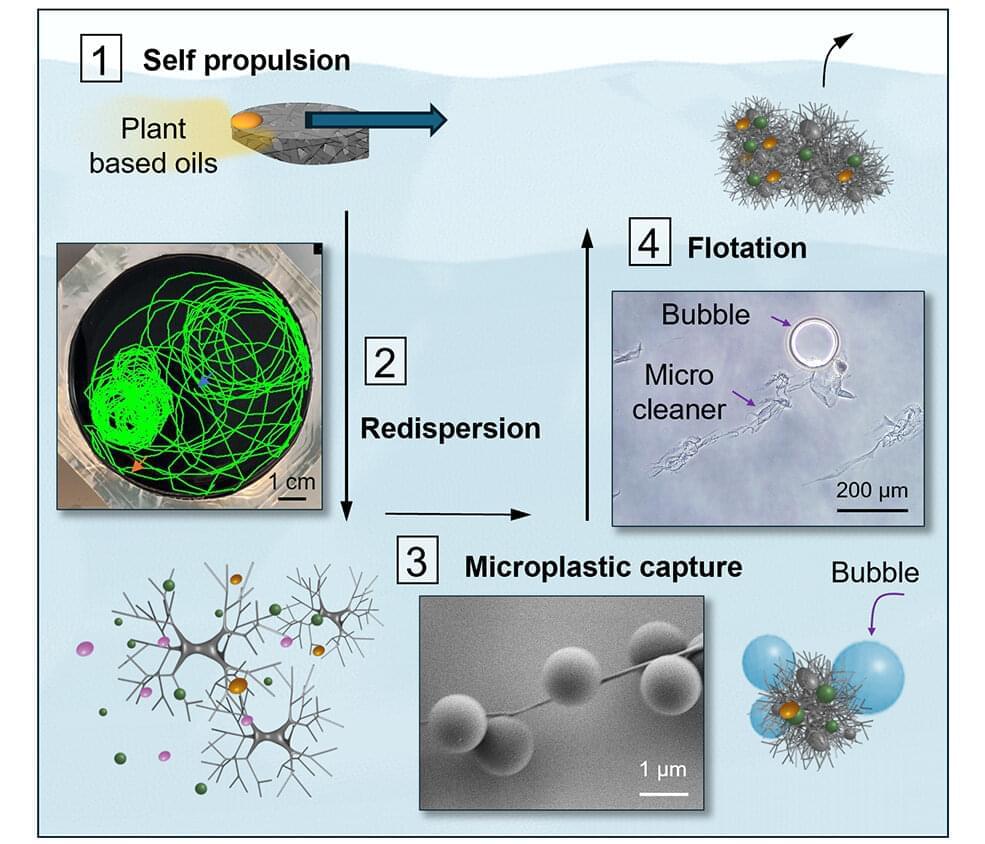
In a new paper, researchers at North Carolina State University show proof of concept for a system that—in a single cycle—actively removes microplastics from water.
The findings, described in the journal Advanced Functional Materials, hold the potential for advances in cleansing oceans and other bodies of water of tiny plastics that may harm human health and the environment.
“The idea behind this work is: Can we make the cleaning materials in the form of soft particles that self-disperse in water, capture microplastics as they sink, and then return to the surface with the captured microplastic contaminants?” said Orlin Velev, the S. Frank and Doris Culberson Distinguished Professor of Chemical and Biomolecular Engineering at NC State and corresponding author of the paper.
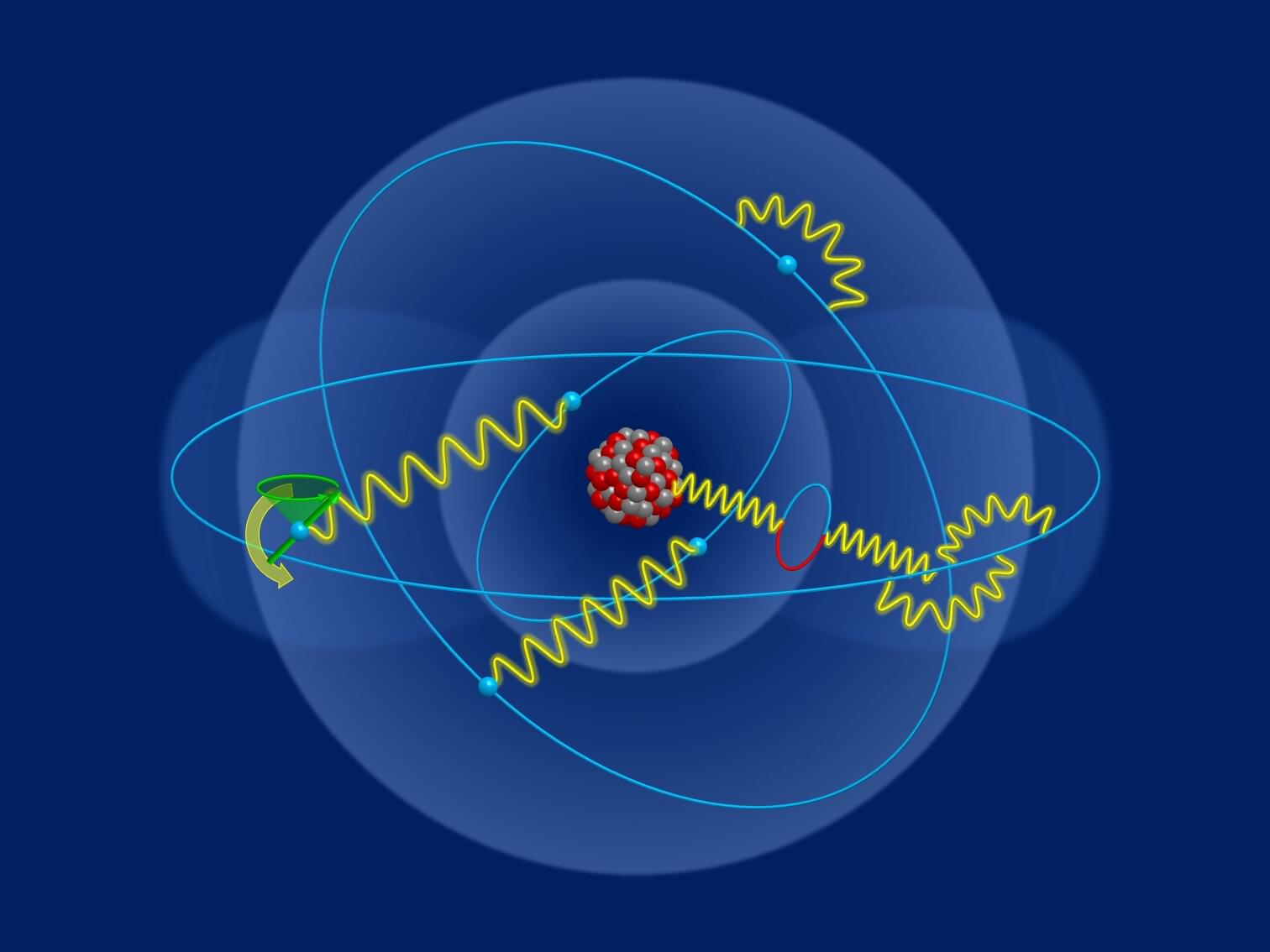
Highly charged heavy ions form a very suitable experimental field for investigating quantum electrodynamics (QED), the best-tested theory in physics describing all electrical and magnetic interactions of light and matter. A crucial property of the electron within QED is the so-called g factor, which precisely characterizes how the particle behaves in a magnetic field.
Recently, the ALPHATRAP group led by Sven Sturm in the division of Klaus Blaum at the Max-Planck-Institut für Kernphysik (MPIK) in Heidelberg measured the g factor of hydrogen-like tin ions on a precision level of 0.5 parts per billion, which is like measuring the distance from Cologne to Frankfurt with precision down to the thickness of a human hair. This is a stringent test of QED for the simplest atomic system, just like conventional hydrogen but with a much higher electric field experienced by the electron due to the charge of 50 protons inside the tin nucleus.
In a new study published in Physical Review Letters, researchers have now tackled highly charged boron-like tin ions with only five remaining electrons. The goal is to study the inter-electronic effects in the boron-like configuration. So far, the only boron-like g factor has been measured with high precision for argon ions with a proton number Z of 18. However, the nucleus is not a point charge like the electron and its charge distribution leads to finite nuclear size corrections—another challenge for precision experiments.
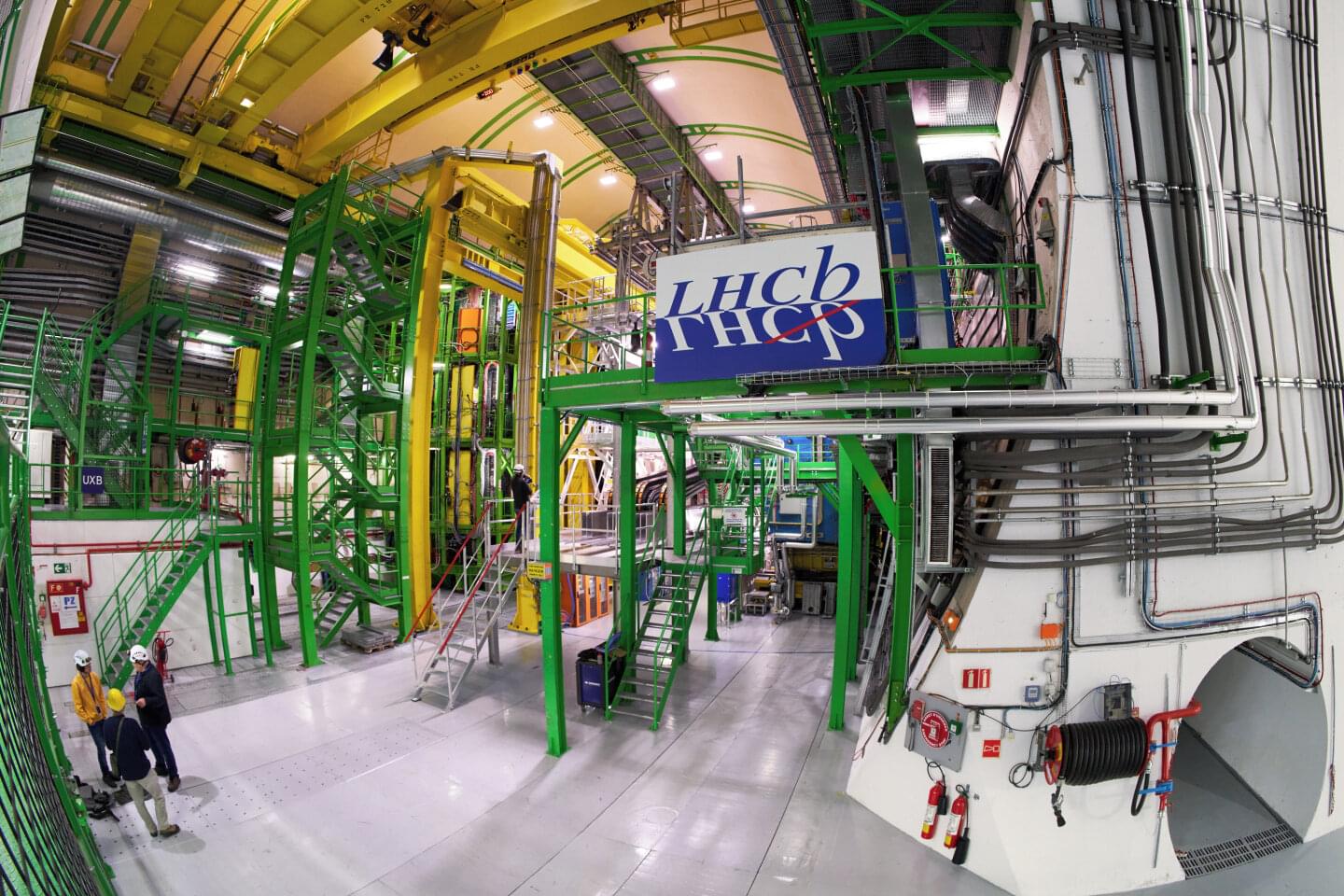
On March 24, at the annual Rencontres de Moriond conference taking place in La Thuile, Italy, the LHCb collaboration at CERN reported a new milestone in our understanding of the subtle yet profound differences between matter and antimatter.
In its analysis of large quantities of data produced by the Large Hadron Collider (LHC), the international team found overwhelming evidence that particles known as baryons, such as the protons and neutrons that make up atomic nuclei, are subject to a mirror-like asymmetry in nature’s fundamental laws that causes matter and antimatter to behave differently.
The discovery provides new ways to address why the elementary particles that make up matter fall into the neat patterns described by the Standard Model of particle physics, and to explore why matter apparently prevailed over antimatter after the Big Bang. The paper is available on the arXiv preprint server.
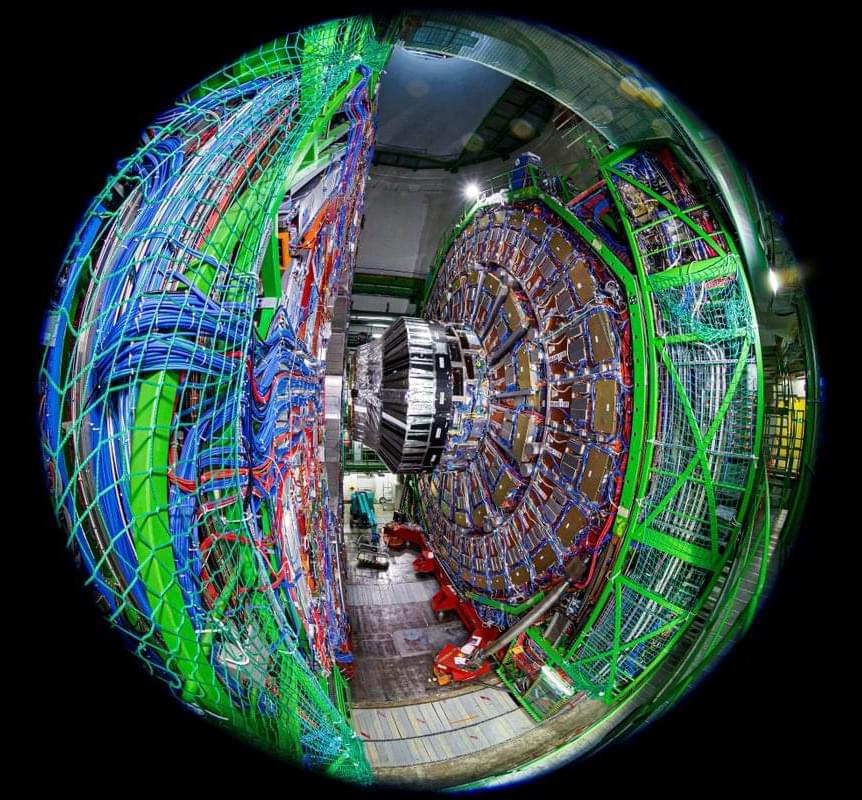
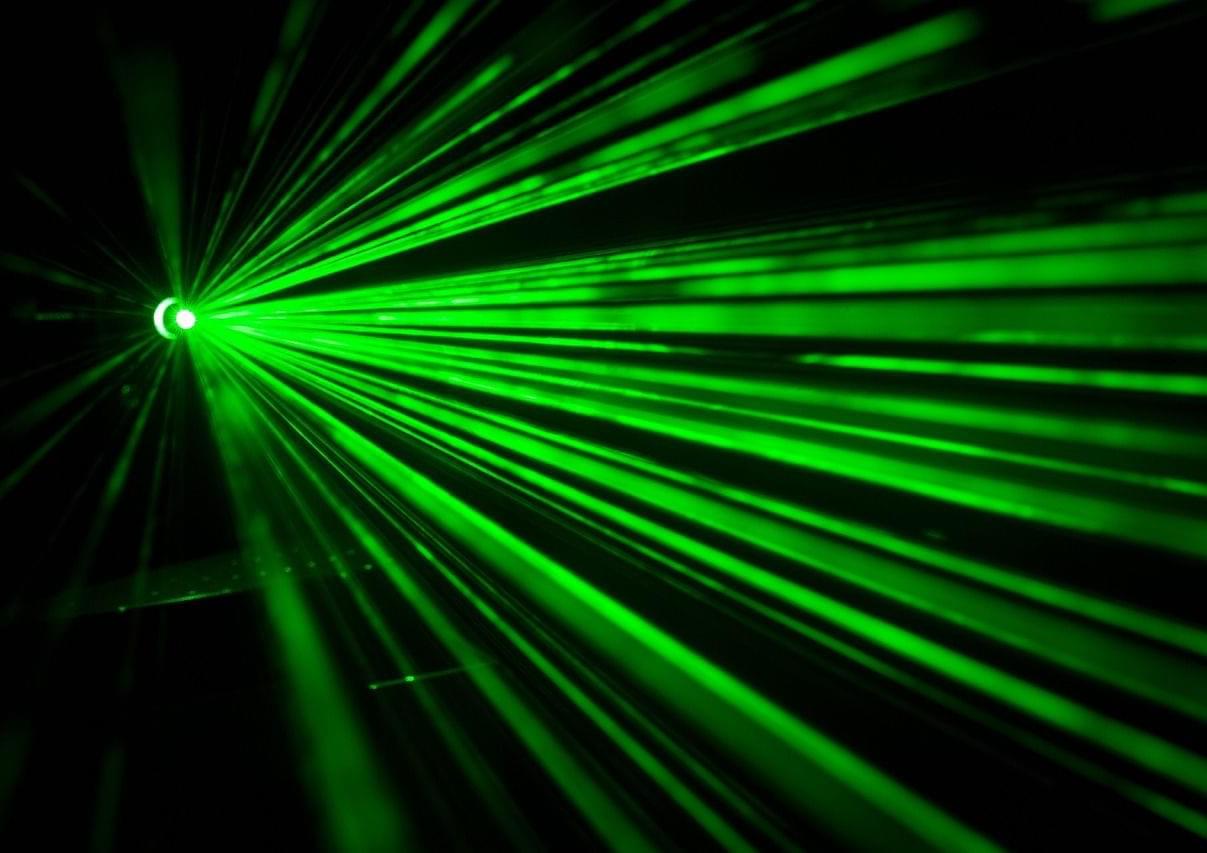
Researchers say they are finally unraveling the effects of ultrafast lasers that can change material states in attoseconds —one-billionth of one-billionth of a second—the time required to complete one light wave’s optical cycle.
The new Israeli research opens up new avenues for scientists to observe light closely in laboratory settings. Under these conditions, a wave crosses a hydrogen atom in a single attosecond, compared to the time required for light to move from Earth to the Moon.
Beyond its immediate use, the development may drive future speed advancements in communications and computing by increasing researchers’ understanding of high-speed quantum light and matter interactions.